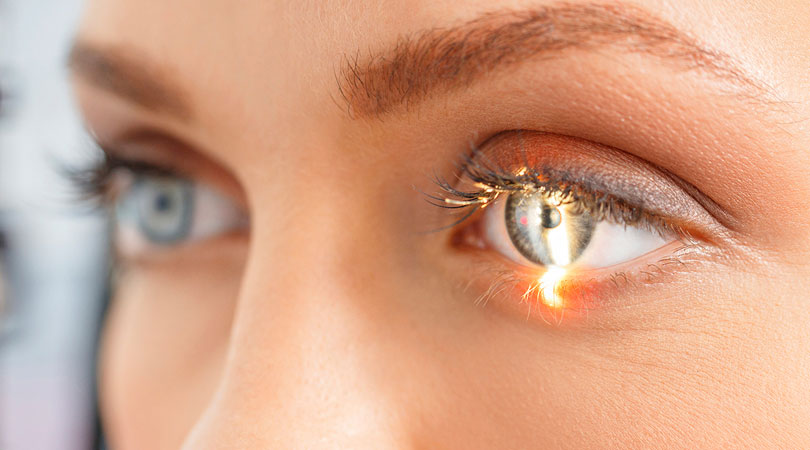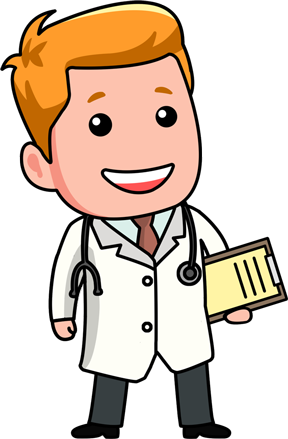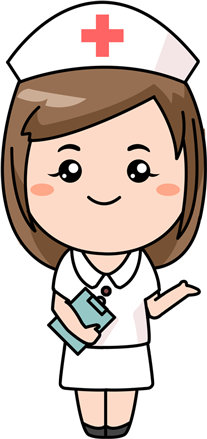
What is Eye Health?
The eyes are complex organs. There are many parts that must work together to produce clear vision. Read on to get a basic overview of eye anatomy and learn about common eye conditions.
What are Eye Parts?
The major parts of the eye are listed below. Problems or malfunctions in any part of the eye cause many common eye conditions.
- Cornea: The cornea is a layer of clear tissue at the front of the eye that helps focus light.
- Tear ducts: The openings to the tear ducts are located in the upper and lower eyelids at the inner corner of each eye. Tears are secreted by the lacrimal gland from the outer, upper eyelid to the surface of the eye. Tears keep the cornea lubricated and clear of debris. The tear ducts drain the tears away.
- Iris and pupil: The colored part of the eye is the iris. It is a set of muscles that control the pupil, which is the opening in the middle of the eye. The iris controls the amount of light coming in through the pupil.
- Lens and Retina: The lens is behind the pupil. It focuses light onto the retina, the light-sensitive cells on the back of the eyeball. The retina converts images into electrical signals that are sent to the optic nerve.
What are Refractive Errors?
When light isn’t focused properly, it causes blurry vision. Glasses, contacts, or surgery can usually correct refractive errors, which include:
- Myopia (Nearsightedness), which is when faraway objects look blurry.
- Hyperopia (Farsightedness), which is when close-up objects look blurry.
- Astigmatism, which can result in blurry vision because the cornea is not perfectly shaped to direct light into the eye.
- Presbyopia, which is farsightedness that’s caused by the loss of elasticity of the eye’s lens due to aging.



